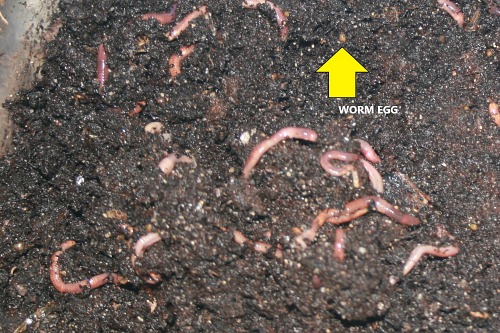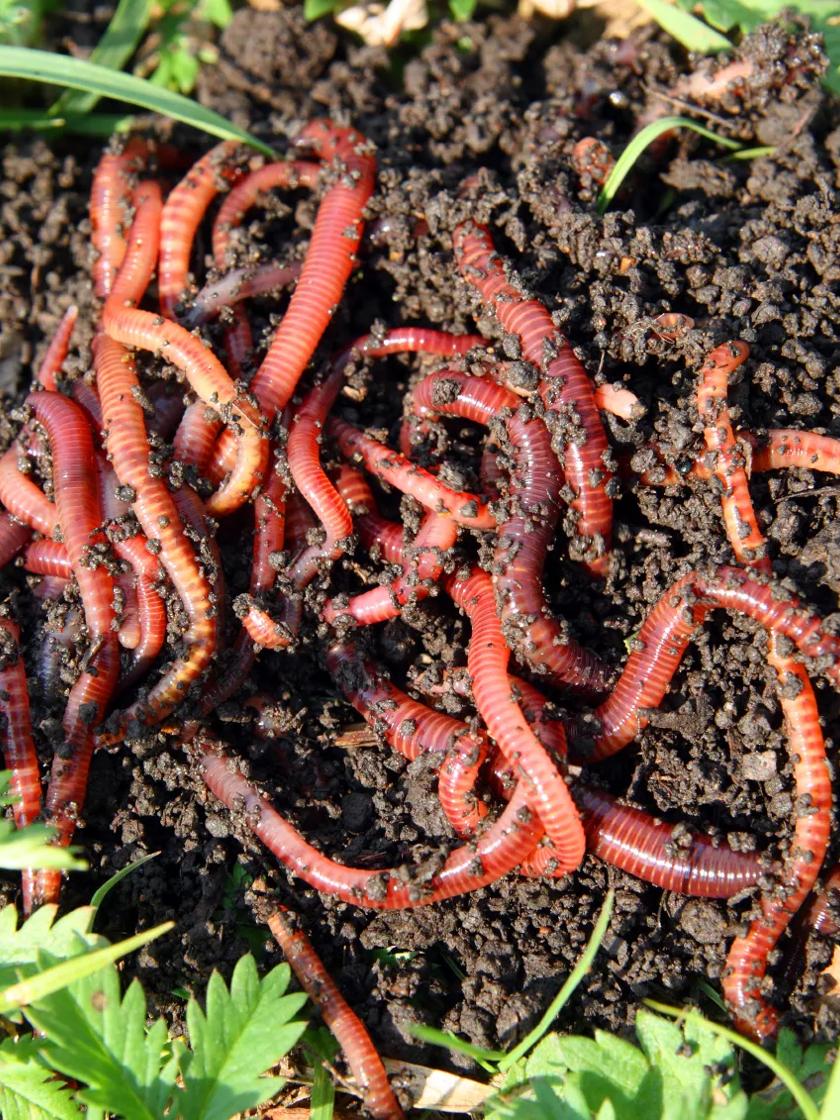Achieve a Vibrant Lawn Using Lake Hickory Bait Lawn Care Resources
Achieve a Vibrant Lawn Using Lake Hickory Bait Lawn Care Resources
Blog Article
Red Wigglers: The Unsung Heroes of Organic Waste Recycling
Red wigglers, or Eisenia fetida, offer as essential representatives in the organic waste recycling process, changing disposed of materials right into valuable vermicompost. Their effective breakdown of organic issue not just enhances soil quality yet also adds to sustainable waste monitoring methods. As the world increasingly seeks remedies to battle waste buildup and boost agricultural performance, understanding the role of these worms becomes necessary. What devices enable them to thrive in garden compost settings, and exactly how can they be effectively made use of in both household and industrial setups? Checking out these concerns reveals the broader effects of vermicomposting in our ecological landscape.
What Are Red Wigglers?
The exceptional durability of red wigglers, medically referred to as Eisenia fetida, underscores their important duty in natural waste recycling. These tiny, reddish-brown earthworms are normally located in decomposing raw material, such as compost heaps and manure heaps. Lake Hickory Bait. Unlike various other earthworm species, red wigglers flourish in nutrient-rich atmospheres and are highly reliable at breaking down natural products, making them crucial for vermicomposting

(Red Wiggler Express)Along with their role in waste reduction, red wigglers add to dirt health and wellness by improving soil framework and aeration with their burrowing activities (Lake Hickory Bait). Their visibility in composting systems not just boosts decomposition prices but also advertises a lasting technique to throw away monitoring, highlighting their significance in environmental conservation efforts
Benefits of Composting With Worms
Composting with worms, particularly red wigglers, offers countless advantages that improve both waste monitoring and soil wellness. Initially, these worms efficiently break down natural waste, transforming it right into nutrient-rich vermicompost that improves soil. This procedure accelerates disintegration, permitting a much faster recycling of kitchen scraps and other organic materials contrasted to typical composting methods.
Furthermore, the vermicompost generated by red wigglers is including helpful microbes, which assist improve dirt structure, aeration, and wetness retention. This boosts the total wellness of plants, advertising energetic growth and boosted returns in gardens and farming settings. Moreover, using worms in composting reduces the manufacturing of greenhouse gases, such as methane, adding to an extra sustainable waste management system.

Just How to Begin Vermicomposting
Establishing a vermicomposting system is an uncomplicated process that can generate considerable advantages for both waste administration and dirt enrichment. To start, choose an appropriate container, such as a plastic bin or wood box, with appropriate air flow holes to guarantee proper air flow. The dimensions should ideally be about 2 feet by 3 feet, enabling ample room for the worms to flourish.
Following, prepare bedding pop over here product, which can include shredded newspaper, cardboard, or coconut coir. This bed linens ought to be moistened to develop an appropriate habitat for the worms. Once the bedding remains in place, introduce red wigglers (Eisenia fetida) right into the bin, usually around one pound of worms for every single square foot of area.
Adhering to the placement of worms, include organic waste, such as fruit and vegetable scraps, coffee premises, and smashed eggshells. With these steps, you will effectively initiate a vermicomposting system that adds to lasting waste management and enhances your dirt.
Keeping a Healthy Worm Bin
(Lake Rhodhiss Bait)Keeping a worm bin prospering calls for routine attention and treatment to guarantee the health and wellness of the red wigglers and the performance of the composting process. Appropriate maintenance begins with monitoring the dampness degrees; the container ought to perspire yet not soaked. An excellent policy of thumb is to maintain an uniformity similar to a wrung-out sponge.
Aeration is crucial too. Carefully mixing the bed linen and food scraps every couple of weeks protects against compaction and makes sure that all worms have accessibility to oxygen. Additionally, it is important to feed the worms properly. A balanced diet of vegetables and fruit scraps, coffee premises, and crushed eggshells should be used in small amounts to stay clear of overfeeding, which can cause smells and parasites.
Temperature guideline is an additional crucial facet. Red wigglers flourish in a series of 55 to 77 levels Fahrenheit. If the container ends up being too warm or cold, the worms might become worried - Lake Hickory Bait. Periodically examine for indicators of wellness, such as worm population growth and the presence of healthy and balanced spreadings. By vigilantly managing these elements, one can preserve a durable and efficient worm bin.
Influence on Lasting Living
The effective maintenance of a worm bin not only profits the wellness of red wigglers however also adds considerably to sustainable living techniques. By recycling organic waste, such as cooking area scraps and yard particles, red wigglers help draw away significant amounts of material from landfills. This decrease in waste not just lowers greenhouse gas exhausts yet also reduces the environmental concern connected with waste management.
Furthermore, the castings produced by red wigglers act as a nutrient-rich natural plant food, boosting soil health and promoting plant growth. This all-natural option to chemical plant foods supports sustainable agriculture and horticulture practices, minimizing dependence on synthetic inputs that can damage communities. In addition, worm composting fosters understanding of waste monitoring, urging people and areas to adopt more sustainable behaviors.

Final Thought
In summary, red wigglers function as vital factors to organic waste recycling via their effective disintegration of natural products. Their capacity to produce nutrient-rich vermicompost boosts soil health and supports lasting farming techniques. By integrating vermicomposting into waste administration techniques, individuals and communities can dramatically lower waste while advertising ecological sustainability. The function of Eisenia fetida in cultivating healthy communities highlights the significance of these microorganisms in achieving lasting living and boosting soil fertility.
Report this page